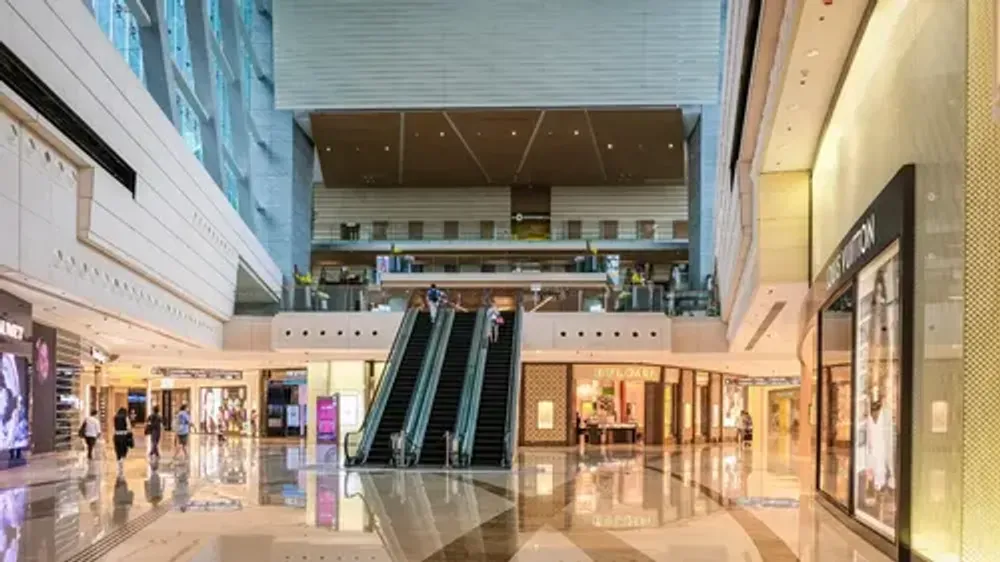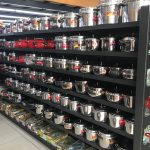Over the past two decades, retail fixtures have undergone a significant transformation. Adapting
to changing consumer behavior, technology, and design preferences, retail fixtures have evolved
from simple product displays to immersive, experience-driven environments. Here’s a look at
key trends in fixture design over time.
2000-2010: Functional and Efficient
In the early 2000s, retail fixtures were focused primarily on functionality and efficiency.
Retailers used straightforward, cost-effective fixtures—such as wire shelving and modular
units—that helped organize and display products clearly. Store layouts were designed for easy
navigation, with the goal of maximizing space and accessibility. While technology wasn’t
heavily integrated, stores began to explore layouts that encouraged customers to move through
different sections and discover more products.
2010-2020: Experience and Technology Integration
The 2010s marked a major shift toward creating immersive shopping experiences. With the rise
of e-commerce, physical stores had to provide something beyond products—they needed to offer
an experience. Fixtures evolved to become interactive, encouraging shoppers to touch, try, and
engage with products. This shift was particularly notable in industries like fashion and
technology, where displays were designed to allow customers to interact with products in
meaningful ways.
During this time, sustainability also became more prominent. Retailers began incorporating ecofriendly materials, such as wood and recycled components, into their fixtures. LED lighting
became a standard feature, helping to enhance product displays while also being more energyefficient. Technology also played a bigger role, with digital signage, touchscreens, and selfcheckout stations becoming more common in stores.
2020-Present: Omnichannel and Personalized Experiences
The last few years have been defined by the rise of omnichannel retail, where online and offline
shopping experiences are seamlessly integrated. Retail fixtures now support this shift, designed
to bridge the gap between in-store and digital experiences. Displays are increasingly
personalized, adapting to individual customer preferences and needs.
Technology continues to influence fixture design, with more advanced interactive displays and
self-checkout systems becoming widespread. Sustainability remains a focus, and fixtures are
often made from eco-conscious materials. Retailers are also prioritizing creating personalized
shopping experiences, using data to adjust displays based on shopper preferences or past purchases.
Conclusion
From simple product displays to interactive and personalized experiences, retail fixtures have
evolved significantly over the past two decades. As technology advances and sustainability
continues to shape consumer expectations, retail fixtures will likely become even more
integrated, offering shoppers an engaging and tailored experience.









